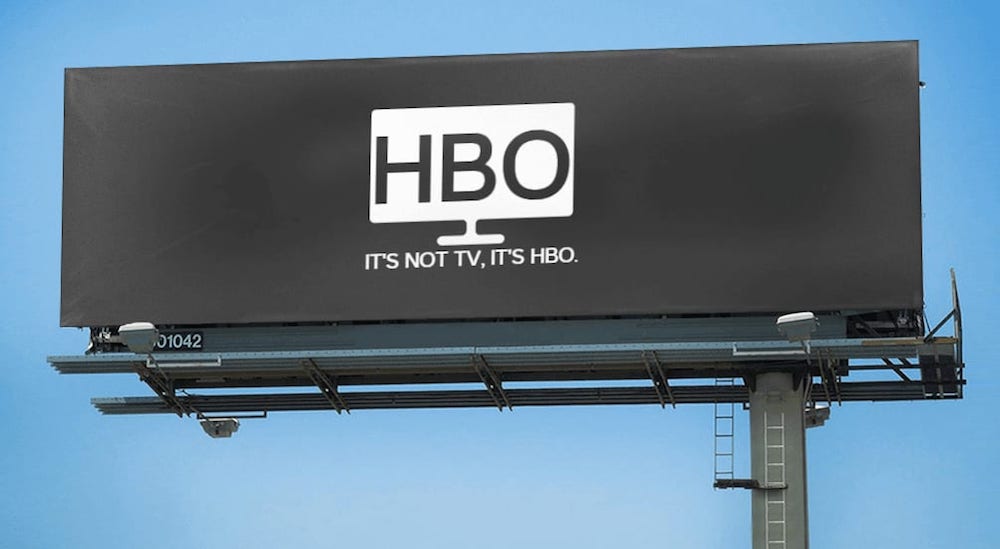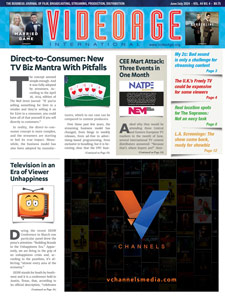In 1996, HBO’s slogan for its subscription pay channel was “It’s Not TV, it’s HBO.”
In 2023, under new owner Warner Bros. Discovery, what had effectively become a streaming service changed its name from HBO to MAX (with HBO staying a premium linear cable service). But the fact remains that the streaming service is not television.
Let’s now define “television” and “streaming.” Television is a 24-hour viewing experience, while streaming is mostly an evening-long struggle to find something suitable to watch, or lately a videogame to play.
Television is news and information, a window on the world and an open door to the local community, a morning and afternoon companion and an evening entertainment outlet.
Streaming is just an entertainment vehicle.
Television is free.
Streaming is costly for both consumers and operators.
The streaming business model is constantly changing (they call it “evolving”), while the television business model has basically remained stable for over 70 years.
Television is a live medium. Streaming is an on-demand one.
Streaming schedules feed on original programming, whereas television has much more to choose from, including library and vintage material.
Streaming caused the demise of home video, and downgraded cable TV and cinema. Television created cable TV, home video, and enhanced cinema. Plus, it adopted the on-demand features of the streaming services with broadcast’s so-called “plus seven” programming (meaning that viewers could watch it after it was broadcast; some called it “catch-up” television).
Ultimately, television will be broadcast via broadband, just as streaming is now, but the distinction will remain unless streaming becomes more like broadcast television, with live shows (like sports), once-a-week episodic programs, and an advertising-supported model with free subscriptions.










Leave A Comment